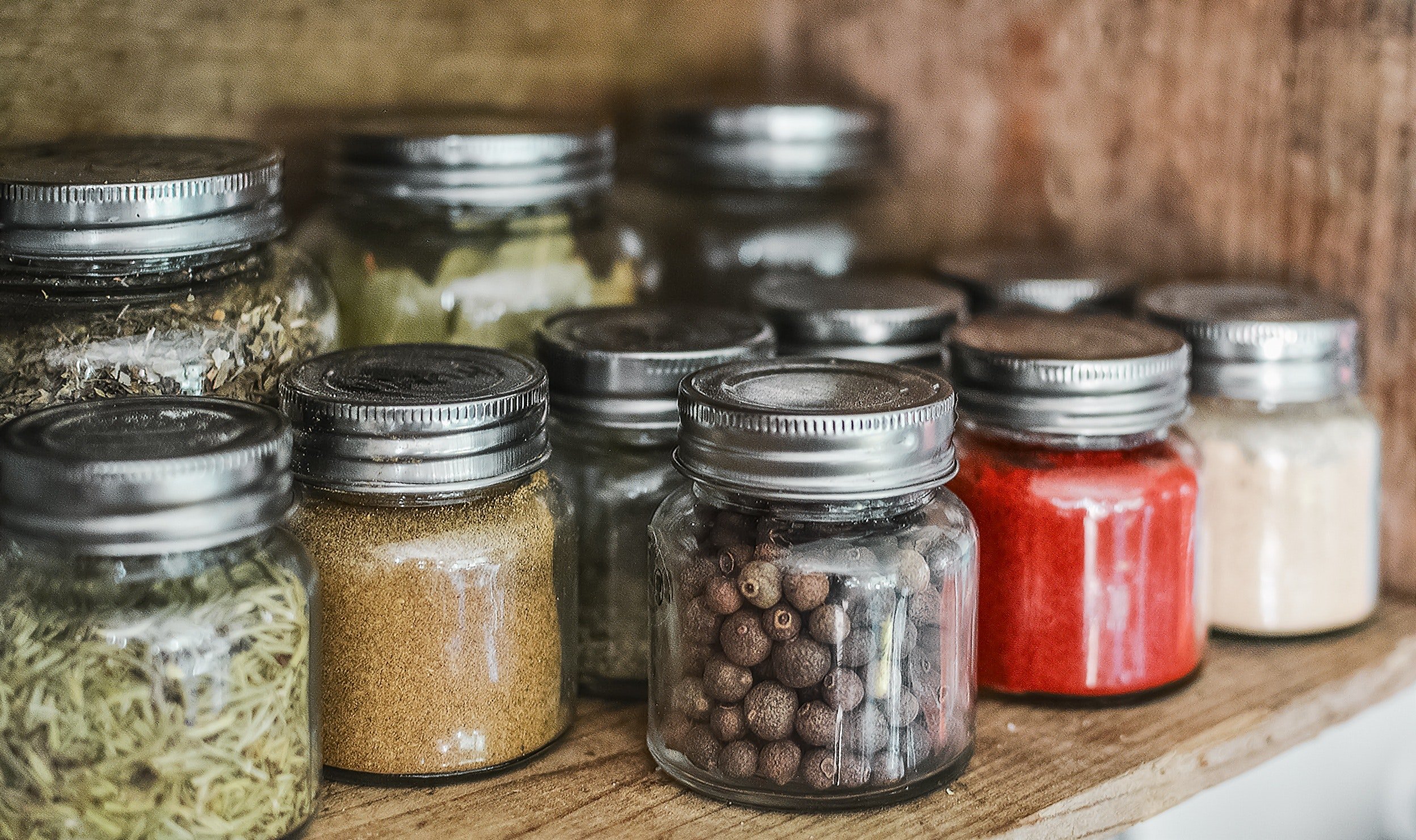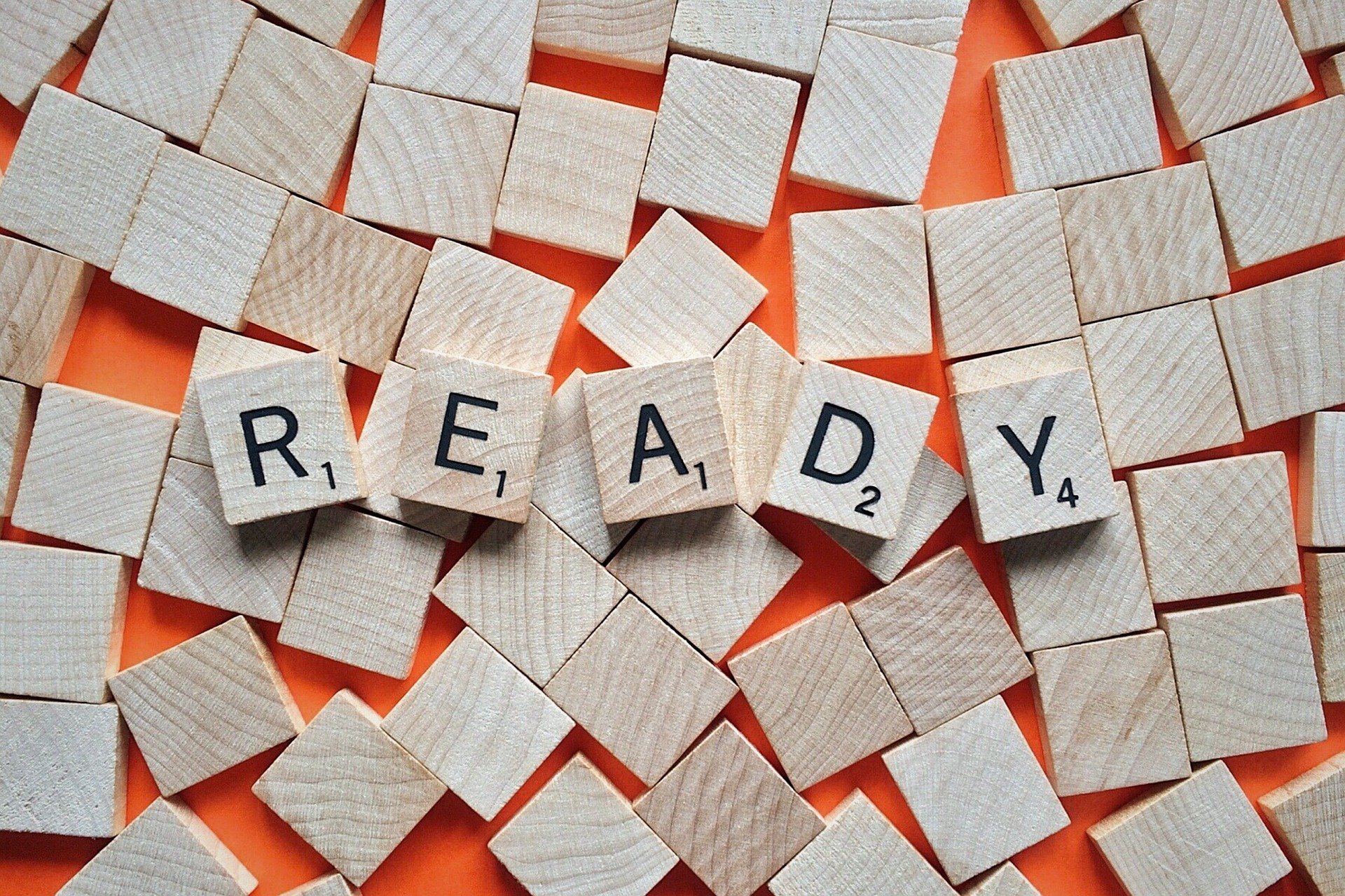Following up on a post I wrote a couple of weeks ago called, Zombie Apocalypse - Will You Still Have Access to the Information You Need Most, today, I wanted to continue that discussion and write about Risk Management as it relates to you and your family's safety. It goes without saying that most people take the conveniences of modern day life for granted. But, what would happen if your electricity or your water supply were disrupted. Have you ever really considered how you might react if a deadly pathogen was spreading into your area? What about a natural disaster that had long-term implications? These are just examples of numerous possibilities, both large and small, that could affect the way in which you live today. But, the question is, how would you live tomorrow, after such an event?

What Should You Prepare For?
There are numerous risks that can affect your and your family's daily lives, but, the good news is you can take steps now to mitigate the impacts of any risk as much as possible. When most people think about preparedness, terms like paranoid, prepper, apocalyptic, hording, freaks, get thrown around. What needs to be discussed is that being prepared does not necessarily relate to catastrophic events that could end the world as we know it. While being prepared for devastating events is important, what's more important is to consider the risks that really matter to "YOU." This means that not everyone will prepare in the same way for the same threats even if they live in the same area. You need to prepare for risks that are relevant for your area and to your family.
Preparing is Investing
Just like an IRA or Roth IRA, being prepared is an investment for your future. You are investing both time and money for the safety that being prepared brings. You are taking today’s resources and storing them for a future gain. We all know there are threats out in the world and close to home. I don't think anyone would dispute that statement. Threats can affect your health, your lives, and your happiness. If you want to be prepared, you need to have the skills and resources to overcome in order to lessen the impact of these risks. But, since you don’t have an unlimited amount of money, space, or time, how do you begin?
Risk Management
When any city or town puts together a Risk Management Plan, they have to consider the many possibilities that could affect their community. This plan, if done correctly, can be very helpful in focusing their preparedness efforts. The same should be true for each of us. We too need to create a Risk Management Plan. Like each city, it will help us focus our efforts and help us invest wisely.
There are five steps to consider when thinking about risk management:
- Step 1 – Identify possible hazards
- Step 2 – Assess each hazards and determine possible risks associated with each
- Step 3 – Develop controls to determine what you can control to mitigate the risk
- Step 4 – Change Behavior to implement the controls
- Step 5 – Evaluate and Improve
Step 1. - Identify Hazards
The first step is fairly straight forward. You need to think about where you live and all the potential hazards that could affect your life. Some might be minor but still a concern. Some will be much larger that could result in a much bigger impact. The hazards you consider should not only relate to those that have the potential to cause injury, illness, or death. Any hazard that that is a real concern, should be included like damage to or loss of equipment or property, loss of job, or lost pet. So, make a list.
Step 2. - Assess Hazards to Determine Risk
Perspective is an important element when putting together your Risk Management Plan. There are some hazards that could kill you but may be very unlikely to ever occur. Likewise, there are hazards that might not be truly impactful but are much more likely to happen. Understanding what is likely vs. unlikely will help you prioritize your risks in a way that will help you prepare more appropriately. To make it more understandable, it is best to use 4 severity levels and 5 probabilities when assessing risks.
Severity of Risk
| I | Catastrophic |
| II | Critical |
| III | Marginal |
| IV | Negligible |
Probability of Risk
| A | Frequent |
| B | Likely |
| C | Occasional |
| D | Seldom |
| E | Unlikely |
By creating a grid with the severity level along the left and probability across the top, you can prioritize the hazards that matter the most to you and your family. This will give you 4 categories of risk:
Categories of Risk
| L | Low Risk |
| M | Moderate Risk |
| H | High Risk |
| E | Extremely High Risk |
Using these elements, you can create a grid system to use when evaluating Risk.

Using the grid, it is easy to see that something that has a frequent probability and that could be catastrophic would result in an extremely high risk (E) to you and your family. If something is unlikely to occur and has a negligible effect, the result would be a low risk (L).
During this step, you also need to prioritize the risks so that you know how to prepare, and you need to prioritize what steps you will need to take.
Prepping for the zombie apocalypse is not only a huge complicated and expensive effort, it is not as likely to happen as more immediate risks like a house fire, losing your job, getting hurt in a car accident or losing power. If you’re building an underground bunker and don’t have a couple of months of expenses saved, you need to reconsider your priorities.

When you begin your risk assessment, it should be at the highest level for each threat (i.e. tornado, house fire, car accident, flood, loss of job, loss of power, etc.), then need to break each down further. If you stopped with - "Loss of Power," you might only think you need extra candles and matches. But, if you really thought about what it might mean to go without power, more would come to mind. How might your and your family's life be affected by a loss of power? What if the power was out for 1 day, 2 days, 5 days, or even longer. Would the duration of the event change the way in which you prepared?
Example:
- Loss of Electricity
- Short Term
- Refrigerator would stop and would not preserve food supply.
- Have cooler on hand to store perishable foods.
- Pull all ice out of freezer to go in cooler.
- Store water bottles in my freezer to use as ice.
- Fill bathtubs full of water
- Refrigerator would stop and would not preserve food supply.
- Long Term
- Store food that doesn't need refrigeration.
- Store emergency water
- Short Term
These are just examples but you need to break down each risk to its base level so you know how to prepare. These base level items are the bit-size pieces you can actually do something about.
But remember, while having the right equipment and supplies can certainly help control some risks, there is a cost in money, storage space, and time to research that you must consider. More importantly though, equipment can only take you so far. If you don't have the necessary skills to use the equipment or the skills needed for the situations where equipment is not the answer, you are putting yourself at risk. Education takes time as well and there might be some cost. Having both the right equipment and the skills necessary will make you more prepared than just equipment and supplies alone.
Step 3. - Develop Controls and Make Risk Decisions
One of the easiest, safest, and cheapest ways to reduce certain risks is to limit your exposure to the risk. These specific actions are called "Controls." You need to decide which controls (specific actions) you’re willing to take to limit or eliminate the impact from specific hazards. Here are just a few examples for controls you can put into place. Again, these are sample to consider:
Hazard: Being attacked or mugged:
- Choose specific route and avoid bad neighborhoods.
- Check the tires on your car more often to decrease the likelihood of getting a flat tire in an unfamiliar area.
- Get a license to carry permit (if appropriate) and carry a firearm for self-defense.
- Make sure you always have a mobile phone that is charged up so you can call for help if needed.
- Take a self-defense classes
Hazard: Loss of electricity:
- Make sure you have emergency food.
- Make sure you have emergency water.
- Make sure you have emergency power.
- Make sure you have protection.
- Make sure you have emergency lights.
Hazard: Having a wreck and getting injured:
- Check the tires on your car more often to decrease the likelihood of getting a flat tire.
- Drive slower and give yourself more of a buffer between cars.
- Take a defensive driving course.
- Don't drive on wet or icy roads.
- Don't drive.
Now that you have looked at specific behaviors you can change, you need to make risk decisions because each potential change has a cost. And, if one change in behavior can help mitigate several risks, that change in behavior becomes more important because your time and money will go further.
Step 4. - Implement Controls
Once you have broken down your areas of concern for you and your family, it is time to put them in place. For some these behaviors might be harder to integrate into your daily habits. But, if all you do it identify risks, determine what needs to be done but don't actually implement them, what good are they?
Residual Risk
After you have made changes to your daily life, there will still be some risk remaining. This is called your Residual Risk. As an example, if you are concerned about having a car accident and you have gone through the process of developing the controls listed above, there is still the chance you can have an accident. Even if you decide not to drive, there is still a risk if you are driving with someone else.
Step 5. - Evaluate and Improve
Probably the one thing that most people forget to do is always evaluate your plan. By evaluating your plan, you can improve upon it. You might find that some of the changes have helped while others have not. Those changes that have not helped should be changed. Consistently evaluating your day to day risks as well as risks that are more dramatic will give you the freedom to know what being prepared feels like. Not worrying when you are on a camping trip, or heading out of town, or when the power does go out will give you peace of mind. It might not right away, but the first time the power does go out for more than a few hours and you go to your storage area and find what you need, you will look back when you first began and know it was worth it. In you didn't prepare, you will wish you had but it will be too late.
Remember, Life is About Balance
By breaking risks down using the tactics described above, you will begin to understand there are bigger risks that could actually affect your and your family's lives that are more likely than others. Some, that you might not have considered before or taken for granted. By coming at this as an investment for your family's life and future, you are more likely to take it seriously and do something about it. Be purposeful and mindful as you begin. This should not be an obsession but a progression. Being prepared should not be a full time job. It is doing an honest evaluation of your current life, where you live, what you need to survive and the skills you need to be independent when an emergency strikes. We are not talking about a zombie apocalypse. We are talking about the more immediate reality that we all face day to day that we generally take for granted. Stop and take account of what you are prepping for and why you’re doing it, and then plan ahead.

Enjoying my content? Please help support my efforts by resteeming.
Thanks So Much - Liquidtravel
